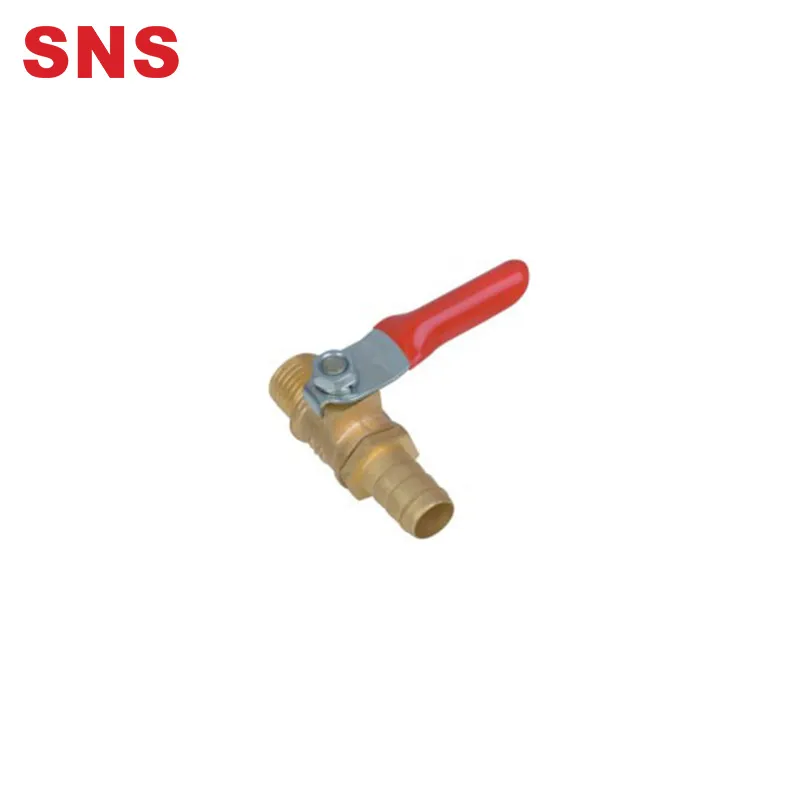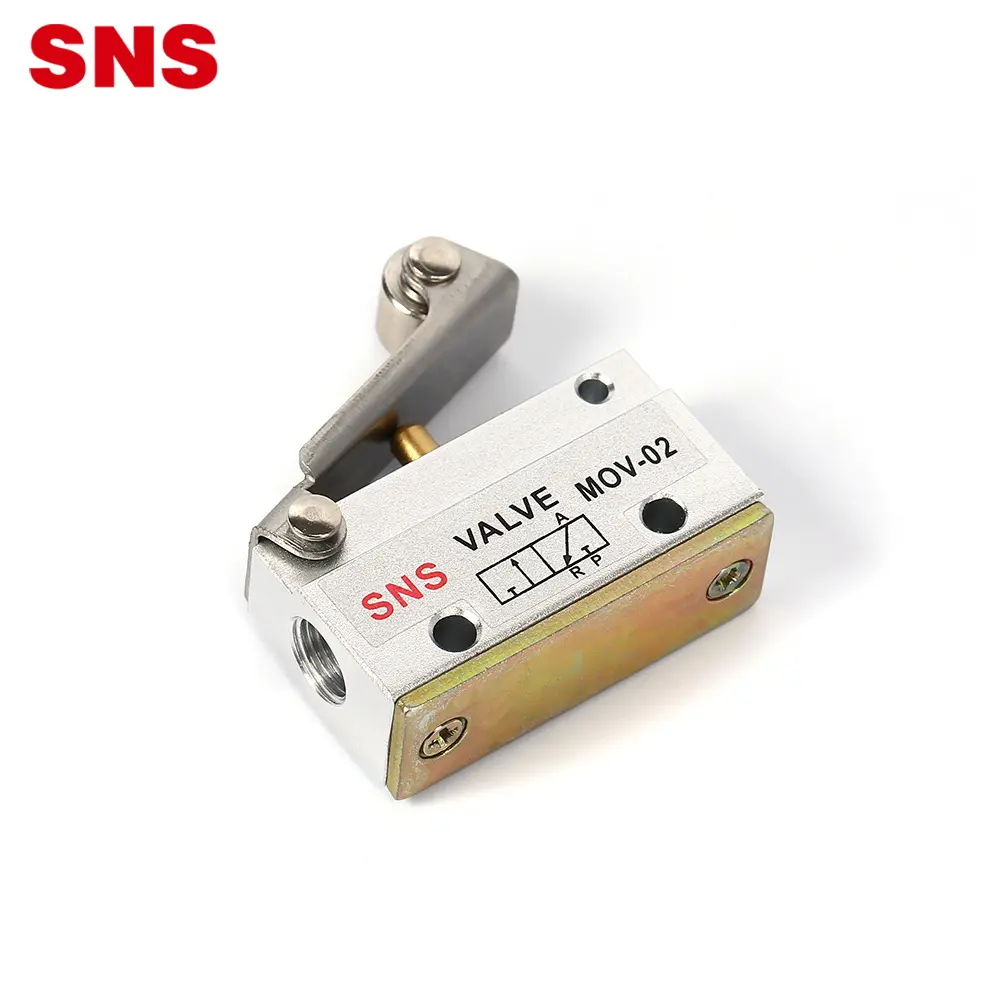The importance of ball valves in modern food processing
Ball valves are indispensable components in modern industry, especially in the field of food processing. With the advancement of industrial automation and process control technologies, ball valves play a crucial role in ensuring food safety and production efficiency. In this article, we will explore the significance of ball valves in the modern food processing industry, including their basic functions, applications in food processing, and how they help meet the industry’s growing demands for efficiency and hygiene.
What is a Ball Valve?
A ball valve is a valve used to control fluid flow. Its core component is a ball with a hole. This sphere can be rotated so that its holes are aligned or perpendicular to the fluid flow lines, allowing or preventing fluid flow through. The design of ball valves is simple yet efficient, making them ideal for controlling high pressures and large flows. Ball valves are typically made of metal, such as stainless steel, which makes them ideal for handling many types of fluids, including corrosive or high-temperature fluids.
The main components of a ball valve include:
Sphere: Usually made of metal with a hole in the center used to control the flow of fluid.
Valve seat: Sealing ball to ensure that fluid does not leak when the valve is closed.
Stem: Connects the operating mechanism to the ball and is used to turn the ball to open or close the valve.
Operating mechanism: Can be manual, such as a knob or lever, or automatic, such as an electric or pneumatic device.
Ball valves are widely used in several industries due to their durability, reliability and simple operation. They open and close quickly, provide precise control of fluid flow, and are relatively easy to maintain. In the food processing industry, these characteristics of ball valves make them ideal for managing the flow of a wide range of liquids and semi-liquids while meeting strict hygiene standards.
Basic knowledge of ball valves
As a kind of fluid control equipment, ball valves have various types and characteristics, making them play an important role in different application environments. Here are some of the main types of ball valves and their characteristics:
Types and features
Floating ball valve: The ball is pushed by the medium pressure to produce the necessary seal. Suitable for small size and low pressure applications.
Fixed ball valve: The ball is fixed and the seat moves to achieve a seal. Suitable for large size and high pressure systems.
V-shaped ball valve: V-shaped cutout ball design provides more precise flow control. Often used to regulate flow.
Advantage
Durability: Due to its simple structure and material strength, ball valves have a long service life.
Good sealing: Provides excellent sealing performance and reduces the risk of leakage.
EASY OPERATION: Easy to turn on and off for fast fluid control.
Wide applicability: can handle many types of fluids, including corrosive and viscous media.
Applicable situations
Ball valves are suitable for situations where rapid cutting off or changing of flow direction is required.
Due to their good sealing properties, they are often used in high pressure and high temperature applications.
V-shaped ball valves, in particular, excel where precise flow control is required.
When selecting a ball valve, it is important to consider its type, operating conditions (such as pressure, temperature and media type), and the required flow control accuracy. Understanding these basics will help you select the right ball valve for your specific application, ensuring efficient and safe system operation.
Basic knowledge of ball valves
Ball valve design and working principle
The ball valve consists of a rotatable ball and a valve body used to fix the position of the ball. There is a through hole in the center of the sphere, and the passage or blocking of the fluid is controlled by rotating the sphere.
When the hole of the sphere is aligned with the pipe, the fluid can pass; when the sphere is rotated 90 degrees, the hole is perpendicular to the flow channel and the fluid is blocked.
Main types of ball valves
Floating ball valve: The ball floats under the pressure of the medium to achieve sealing. Suitable for small and medium diameters and medium and low pressure conditions.
Fixed ball valve (also known as “three-way ball valve”): the ball is fixed, suitable for large diameter and high pressure environments. Provide more stable sealing performance.
V-shaped ball valve: There is a V-shaped cutout on the ball to provide precise flow control. Often used to regulate and control flow.
Top-entry ball valve: convenient for online maintenance, suitable for high pressure and high temperature environments.
Ball valve materials and applications
Commonly used materials for ball valves include stainless steel, copper, plastic, etc. Different materials are suitable for different media and working environments.
When selecting a ball valve, the properties of the medium (such as corrosiveness, temperature, viscosity, etc.) as well as the operating pressure and temperature must be considered.
Advantages of ball valves
High reliability and durability: Simple design reduces failure points and increases the reliability and service life of the ball valve.
Good sealing performance: Appropriate materials and design ensure excellent sealing performance under a variety of conditions.
Easy to operate: Ball valves can be opened or closed quickly and easily, making them suitable for situations where quick response is required.
Ball valve maintenance and common problems
Regularly check the sealing and operating mechanism of the ball valve to ensure that it is working properly.
During extended use or under extreme conditions, ball valves may require seal replacement or lubrication to maintain good performance.
Application of ball valves in food processing industry
Ball valves are widely used in the food processing industry, mainly due to their reliability, durability and excellent sealing properties. Here are some key applications of ball valves in food processing:
Fluid control:
Ball valves can be used to control the flow of liquids and gases, such as water, oil, steam, etc. In food processing, precise control of these media is crucial.
They can be opened and closed quickly to respond to changing needs during production.
Temperature and pressure management:
During food processing, maintaining specific temperatures and pressures is key to ensuring food quality and safety.
Ball valves can withstand high temperatures and pressures and are suitable for use in heat treatment and cooling processes.
Comply with health standards:
Food processing requires extremely high hygiene standards. Ball valves are designed to be easily cleaned and disinfected and meet the requirements of food grade applications.
Materials such as stainless steel will not react with food ingredients, ensuring the safety and purity of food.
Automation and efficiency improvements:
Ball valves’ compatibility with automation systems allows them to be integrated into more complex food processing systems, increasing overall efficiency and throughput.
It can accurately control flow and pressure, reduce human errors, and improve the stability and consistency of the production line.
Energy saving and environmental protection:
The high efficiency of ball valves helps reduce energy consumption, especially in processes that require the conditioning of large volumes of fluid.
Good sealing reduces energy waste and environmental pollution.
By using ball valves, the food processing industry is able to increase production efficiency and ensure product quality while adhering to strict hygiene and safety standards. This makes ball valves one of the indispensable components in the food processing industry.
Food Safety and Ball Valves
In the food processing industry, the application of ball valves not only improves production efficiency, but also plays a vital role in ensuring food safety. The following are several key aspects of ball valves in ensuring food safety:
Material safety:
Ball valves are usually made of food-grade materials such as stainless steel. These materials will not react chemically with food ingredients, ensuring food safety.
The key to selecting these materials is that they do not release harmful substances or contaminate food through corrosion.
Hygienic design:
The ball valve’s simple design and smooth surface reduce the risk of food residue and microbial growth.
They are easy to clean and disinfect and meet the high hygiene standards of the food processing industry.
Sealing performance:
Ball valves provide excellent sealing performance to prevent external contaminants from entering the food processing system.
A good seal also helps prevent food ingredients from leaking, maintaining product quality and consistency.
Comply with regulations and standards:
The manufacturing and application of ball valves must comply with international and regional food safety standards, such as the corresponding standards of the FDA (U.S. Food and Drug Administration) and the European Union.
These standards ensure the safe use of ball valves in food processing, reducing food contamination and health risks.
Quality control and traceability:
Ball valve manufacturers typically provide strict quality control and product traceability systems to ensure that each ball valve meets high standards of performance and safety requirements.
What are the main advantages of ball valves?
The main advantages of ball valves include their simple structure, high reliability, excellent sealing performance, fast switching capabilities, and the ability to handle high-pressure and high-temperature fluids.
How do ball valves differ from other types of valves?
Compared with other types of valves (such as butterfly valves and gate valves), ball valves have faster switching speed, smaller volume, lower fluid resistance and better sealing performance. They are suitable for quickly cutting off and regulating flow.
What should we pay attention to when maintaining and repairing ball valves?
Maintenance of ball valves mainly includes regular inspection of sealing and operating mechanisms to ensure there is no leakage and smooth opening and closing. Repairs may require replacement of seals or lubricating components.
What types of fluids can ball valves be used for?
Ball valves are suitable for many types of fluids, including water, oil, gas and steam. Depending on the material, they can also be used to handle corrosive or high-temperature fluids.
What factors should be considered when selecting a ball valve?
When selecting a ball valve, you should consider the type of medium (such as temperature, pressure, corrosiveness), the size and connection of the valve, the required flow rate and the mode of operation (manual or automatic).
Conclusion
Ball valves are crucial in the food processing industry, playing a key role in enhancing production efficiency and ensuring food safety. Their design and materials align with the strict hygiene standards required in food processing, maintaining product integrity and safety. Advances in ball valve technology, particularly towards automation and intelligence, point towards a future of optimized efficiency and control in food processing. To meet the evolving demands and strict regulations of the food industry, continuous innovation and adaptation in ball valve technology are essential.



